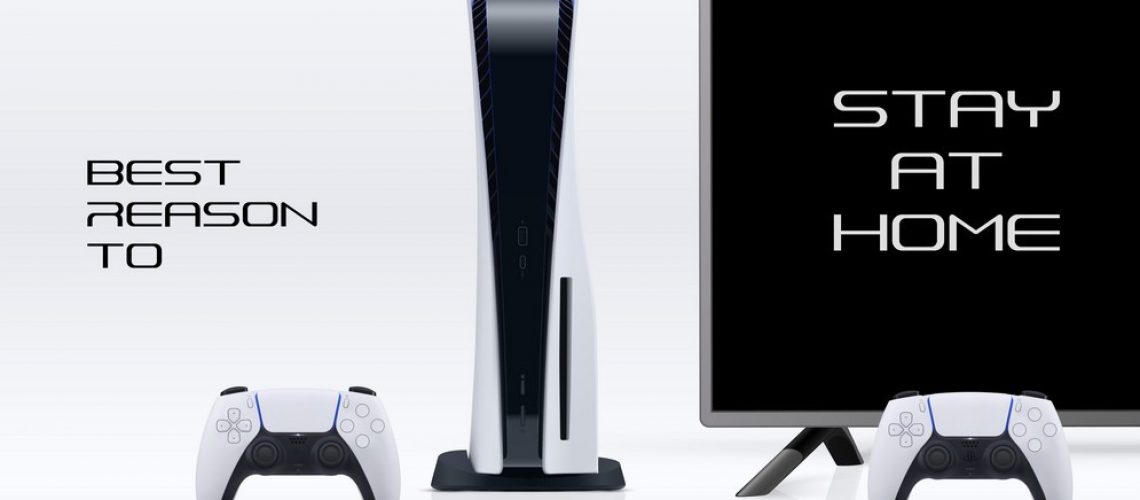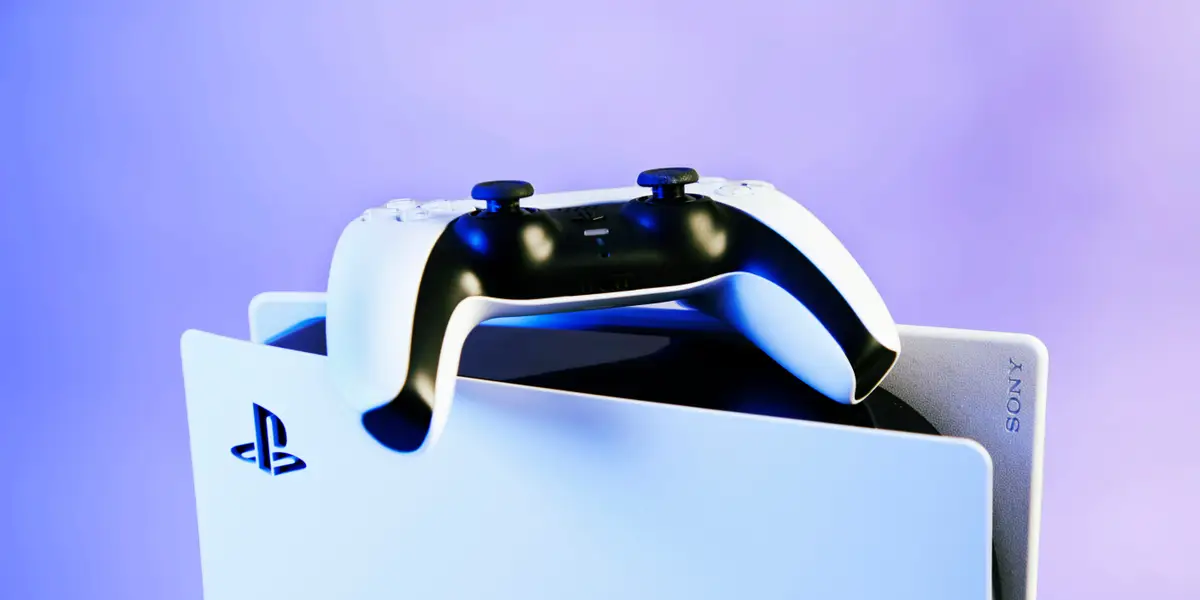Gaming consoles have come a long way since the days of Pong. Today’s consoles are the best entertainment system available thanks to their amazing graphics, immersive gameplay, and variety of features. But getting here has been a long and fascinating journey, one that has seen technological advancements that have forever altered the gaming industry.
The Early Days: Pong, Atari, and the Rise of Home Gaming
The first gaming console, the Magnavox Odyssey, was released in 1972. It was a simple device that connected to a television and offered a few simple games that could be played with plastic overlays on the screen. But it was the release of Pong in 1975 that truly kicked off the home gaming revolution.
Pong was a simple two-player game that simulated table tennis. It was a massive success, selling over 100,000 units in its first year alone. This success led to the founding of Atari, one of the most influential gaming companies of all time.
Atari’s first console, the Atari 2600, was released in 1977. It was a huge success, selling over 30 million units and becoming the most popular gaming console of the early 1980s. The Atari 2600 was also the first console to feature interchangeable game cartridges, allowing players to switch between different games without having to buy a new console.
The Rise of Nintendo: From Game & Watch to the NES
In the mid-1980s, a new player entered the console market: Nintendo. The Japanese company had already found success with its Game & Watch handheld games, but it was the release of the Nintendo Entertainment System (NES) in 1985 that really put Nintendo on the map.
The NES was a massive success, selling over 60 million units and introducing players to classic games like Super Mario Bros., The Legend of Zelda, and Metroid. It was also the first console to feature a D-pad, a directional pad that allowed players to control their characters with more precision.
Nintendo continued to innovate with the release of the Game Boy in 1989, the first handheld console to feature interchangeable cartridges. The Game Boy was a massive success, selling over 118 million units, and it paved the way for handheld gaming as we know it today.
The 16-Bit Era: Sega and the Super Nintendo
In the early 1990s, the console market was dominated by two players: Sega and Nintendo. Sega’s Genesis console was released in 1988 and was the first console to feature a 16-bit processor, allowing for better graphics and sound. It was also the first console to feature a Sonic the Hedgehog game, one of Sega’s most iconic characters.
Nintendo responded with the release of the Super Nintendo Entertainment System (SNES) in 1991. The SNES was also a 16-bit console and featured classic games like Super Mario World, The Legend of Zelda: A Link to the Past, and Donkey Kong Country.
The 3D Revolution: Sony and the PlayStation
In 1995, a new player entered the console market: Sony. The company had been working on a joint venture with Nintendo to create a CD-ROM add-on for the SNES, but the deal fell through. Sony decided to release its own console, the PlayStation, and it was a massive success.
The PlayStation was the first console to use CD-ROMs instead of cartridges, allowing for larger games and better graphics. It was also the first console to feature 3D graphics, and it introduced players to classic games like Tomb Raider, Final Fantasy VII, and Metal Gear Solid.
The PlayStation’s success sparked a new era of gaming, with companies like Sega and Nintendo releasing their own 3D consoles. But it was Sony that dominated the market, with the release of the PlayStation 2 in 2000. The PlayStation 2 was the best-selling console of all time, selling over 155 million units and introducing players to games like Grand Theft Auto III, God of War, and Kingdom Hearts.
The Modern Era: Xbox, Wii, and the Rise of Online Gaming
In the early 2000s, two new players entered the console market: Microsoft and Nintendo. Microsoft’s Xbox console was released in 2001 and was the first console to feature an internal hard drive and Ethernet port, allowing players to connect to the internet and play online games.
Nintendo’s Wii console, released in 2006, was a departure from traditional gaming consoles. It featured motion controls, allowing players to swing a remote like a tennis racket or a golf club. The Wii was a massive success, selling over 100 million units, and it introduced players to games like Wii Sports, Mario Kart Wii, and Super Mario Galaxy.
Today’s consoles offer incredible graphics, sound, and gameplay, and they’re more connected than ever before. The Xbox Series X and PlayStation 5, released in 2020, offer 4K graphics, lightning-fast loading times, and a range of features that make them the ultimate gaming machines.
But the future of gaming consoles is even more exciting. Virtual reality (VR) technology is becoming more advanced, with companies like Oculus and PlayStation VR offering immersive experiences that put players right in the game. Augmented reality (AR) technology is also becoming more prevalent, with games like Pokemon Go using the technology to create unique gaming experiences.

The devices we love aren’t cheap. Protect them with Jacana Warranty.
We’ll cover your favorite home electronic devices and provide 24/7 live support, all for less than $1 per day.
Why is Warranty Required For a Gaming Console?
An extended warranty for gaming consoles is important because these devices are complex and can be expensive to repair or replace. Gaming consoles contain a variety of components, including processors, memory, graphics cards, and hard drives, which can all malfunction or fail over time. Without a warranty, repairing or replacing these components can be costly.
In addition to hardware issues, gaming consoles are also vulnerable to software problems, such as firmware updates that can cause system errors or crashes. A warranty can provide peace of mind for gamers, knowing that they are protected against these types of issues.
Warranties also offer protection against accidental damage or defects. For example, if a console is dropped or accidentally damaged, a warranty can cover the cost of repairs or replacement. Additionally, if a console is defective, a warranty can provide a replacement or refund.
In summary, a warranty is essential for gaming consoles as they are complex devices that can be expensive to repair or replace. A warranty can offer protection against hardware and software issues, accidental damage, and defects, providing peace of mind for gamers.
Conclusion
Gaming consoles have come a long way since the days of Pong. From the early days of Atari to the modern era of Xbox and PlayStation, consoles have been at the forefront of gaming innovation. Today’s consoles offer incredible graphics, sound, and gameplay, and they’re more connected than ever before.
But the future of gaming consoles is even more exciting, with VR and AR technology offering immersive experiences that are changing the way we play games. As technology continues to evolve, so too will gaming consoles, offering players even more incredible experiences that push the boundaries of what’s possible.











































